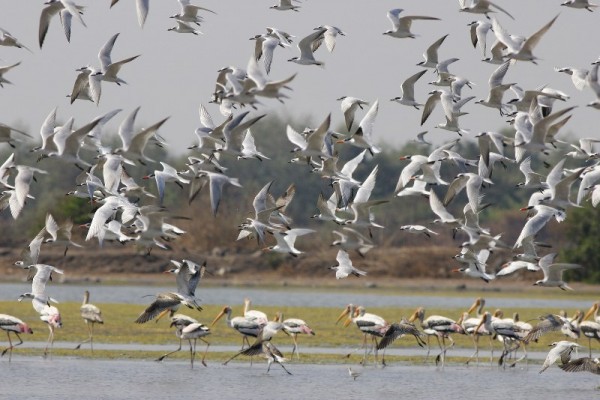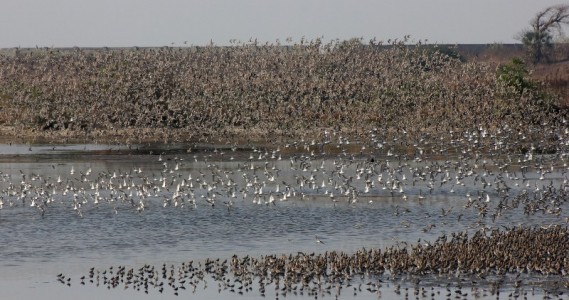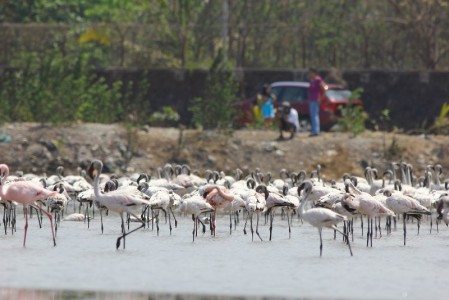BNHS to coordinate the event in India with Wetlands International

MUMBAI, January 6: After the recent success of the revived Salim Ali Bird Count, BNHS is all set to conduct and coordinate yet another bird census, in association with Wetlands International. This annual activity called Asian Waterbird Count (AWC), is a part of the global programme called ‘International Waterbird Census’ that focuses on monitoring the status of waterbirds and wetlands. It also aims to increase public awareness on issues related to wetland and waterbird conservation. The census is carried out each January as a voluntary activity at national and local level. This year, AWC would be conducted in India from January 9 to January 24, 2016.

In its 30th year, AWC spans over two weeks and three weekends. However, the given dates are only for guidance and entries from anytime during January are welcome. Earlier, AWC and collected information was submitted manually or by post. But now in keeping with the times, the information can be emailed to Wetlands International onawc@wetlands.org and copied to BNHS on ibabhns@gmail.com. For techno savvy bird watchers, this year the data can also be submitted through www.ebird.org, which is a real time online checklist programme. If you are new to this website, please check the link http://ebird.org/content/india/getting-started/. AWC forms are available on BNHS, IBCN as well as Wetlands International websites for download and use.

Commenting on the rationale and utility of activities like AWC, Dr Deepak Apte, Director, BNHS, said, “With changing times and increasing anthropogenic pressure, monitoring of wetlands is essential. Initiatives like the AWC, being done at national level, encourage mass participation and hence data generation.”
Objectives of AWC
- To obtain information annually about the waterbird population in wetlands during non-breeding season, as it forms a basis for evaluation of sites and monitoring of populations.
- To annually monitor the status and condition of wetlands.
- To promote greater interest about conservation of waterbirds and wetlands amongst people.
Instructions
Participants are requested to adhere to the following methods and guidelines:
- Download the forms available on BNHS, IBCN and Wetlands International websites.
- Cover the most important waterbird sites in your area (including wetland sanctuaries, Ramsar sites, IBAs, other community conserved wetlands and Flyway Network sites). For India, BNHS has a reference list of internationally important sites covered during the census, as well as an updated AWC Site List 2016 and List of IBAs, which can be accessed from Wetlands International, BNHS and IBCN websites.
- Visit all the sites that were visited in the previous year and use the same site names for them.
- Report the presence as well as absence of waterbirds at a wetland, which is known to have held significant number of birds in the past, by completing the census form in either case. If possible, give the reason for the absence of birds (eg wetland completely dry/drained, wetland frozen, wetland encroached upon or site very disturbed by hunters).
- Avoid duplication of effort – occasionally two or more censuses are conducted at the same site on different dates. Whenever possible, counters should liaise with one other and agree on one census form that gives the results of their combined efforts.
- Double check all the entries on the count forms. In particular, check to see that the figures are not inadvertently inserted on the wrong line and that species’ names are not confused.
- If any species of waterbird which is not listed on the count form has been observed, counters are required to give additional information on its identification in the ‘Comments’ section of the form.
